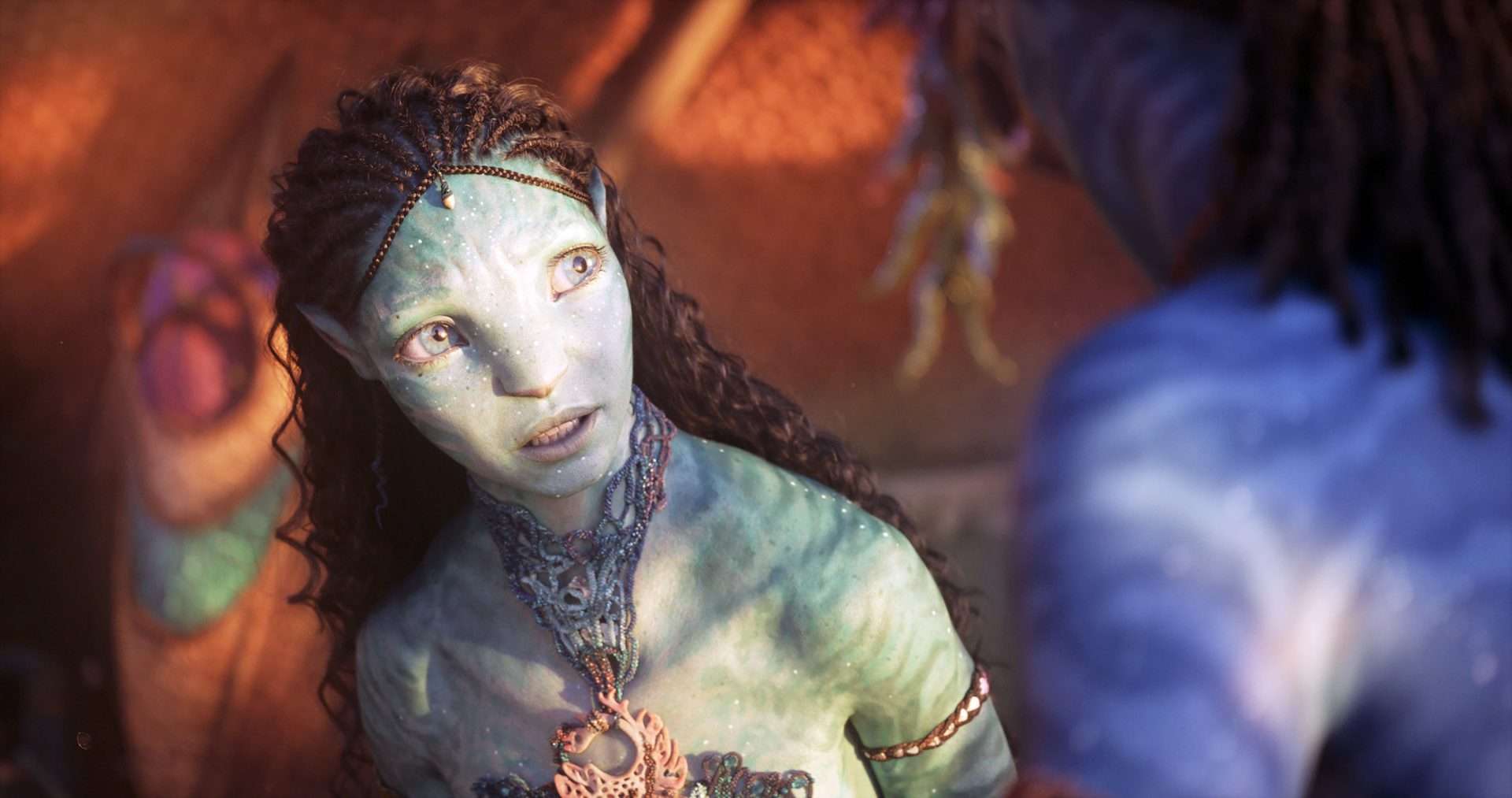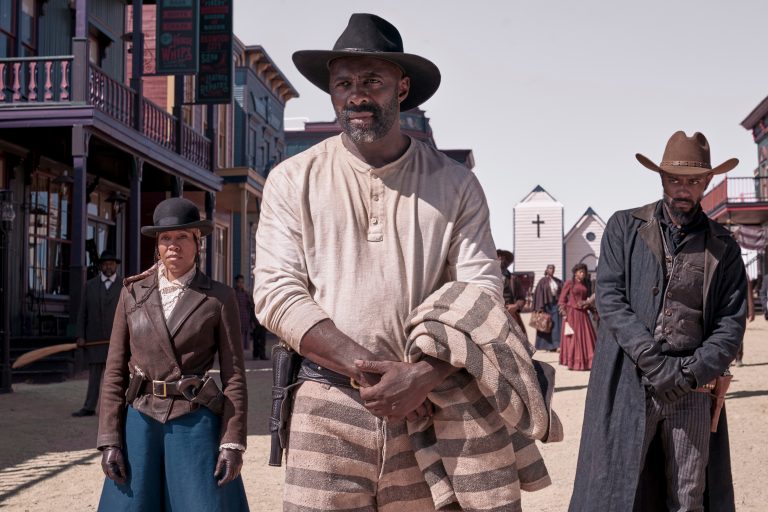The first film in the series ends with the Na’vi insurgency emerging victorious against the Resources Development Administration of the Earth under the leadership of Jake Sully. But the victory was never hinted to be a permanent one because when has the establishment left a region due to insurgency? All across the world, dominant cultures invade the smaller ones through the state and subsume the latter via diplomacy, predation, and violence. Avatar is not fiction; it is the retelling of our history and reflection of our present. Within its own universe of bioluminescence lies a highly dark representation of humanity as the disease because the species’ interest isn’t the preservation of life but the appropriation of everything that preserves life for the other.
A common reservation against the film was the simplicity of its metaphor. But the primitiveness was, in fact, elemental, allowing the film to stand for cynicism, anti-establishment cause, and preservation of the environment, all at the same time. In its distaste for imperialism and, by implication, the genocidal White empire across the globe, Avatar spoke for the subaltern using cultural myths, anarchic politics, and a savior sentiment. One may question the value of a portrait originating from the self-assignment of a representative, the capturing of the pedestal to speak from by the narrator. But the scrutiny has to be reconciled with the far-reaching impact of the project that makes an unassuming right-wing majority clap at libertarian anarchist iconoclasm. What James Cameron achieved with the first film was remarkable world-building that laid the foundation for countless stories without making the first story feel incomplete. So it was imperative that he creates an experiential reality and not merely tell a story in the second installment of the series. He succeeds in an absolute achievement of the same.
Related Content: All James Cameron Movies Ranked
Avatar: The Way of Water occurs many years in the future since the insurgency. The Toruk Makto has built himself a family. The humans have returned and have built a city. The goal no longer remains to mine unobtanium for capitalist profits but is to terraform Pandora for human refuge out of a dying Earth. I was immediately reminded of the argument that the costs of searching for and terraforming another celestial body for a human settlement far exceed the cost of preventing climate worsening and keeping Earth habitable for all lives and not just humans. Yet, humans have made their choice. The stakes are so high in the sequel that I was anxious throughout the runtime, anxious about how the story will unfold and in deep gloom to be aware of how it would, given human history. The people’s rebellion for their survival is killed via state-sponsored terrorism, and the former is branded demonic in the eyes of the people. Enemies of the state are engineered, and genocide is carried out with the consent of the majority. Therefore, all life on Pandora has been endangered from the beginning. James Cameron is aware that while high stakes are derived from a freely flowing story, the impact can only be created when the audience finds itself breathing in Pandorian air.
Hence, the film has to possess sequences that write the ethnofiction of the people and the planet effectively. These sequences are elaborate depictions of how life originates, functions, and transfers in the Pandorian ecosystem. The ethnofiction of Pandorian species is not reliant on spirituality alone. It doesn’t only argue for the interlinkages between all life and the interdependence of all species in a diversified existence on the same level but also shows the vertical hierarchy of life systems within bigger life systems and how the death of one system can act as a trigger. The causal relationships are well-defined. The depiction is important because life on Earth is not different and the relationships aren’t overtly exposed to our understanding. Only when one reads can one realize the gravity of the danger we face. Avatar: The Way of Water points us in the same direction. Prior to any sequence that catapults the principal narrative, an immersive journey into the intricacies of the planet is provided to the audience such that conflict is felt with greater intensity. The audience enjoys Avatar: The Way of Water as a film and an eventful show. A ticket to Pandora, unlike anything ever seen.

In Hayao Miyazaki’s Princess Mononoke, the conflict is between a developmental state and nature. Its motive is to establish the idea that civilizations cannot flourish at the cost of each other. The prosperity of one species traded with the currency of the lives of others is a volatile variable that will collapse onto itself before it is achieved in its complete measure. Miyazaki’s epic is a great inspiration to Cameron for the creation of his universe. But unlike Princess Mononoke, wherein Lady Eboshi, on one end of the conflict, is only striving for the progress and preservation of her people, albeit at the cost of the forest, the sky people do not express desperation for life but profit. It is made evident that the transition from an industrialist society to a technocracy of post-capitalism costs a planet. According to the Kardashev Scale, we are a Type 0.7 civilization that hasn’t yet harnessed the complete energy of its planet (the one that does is classified as a Type 1 civilization). The question is if we wish to embark upon this journey as a civilization because, in all likelihood, the transition would kill the planet. In simple terms, how do we want our future to be? One driven by relentless consumption that reaches its critical point and then plunges to scarcity and grave inequality, or one that sustains itself for millennia via equitable consumption?
In time, I have grown to admire performance capture a lot. Primarily because the method of acting it necessitates depends highly on real-time suspension of disbelief for actors who lack an environment to draw responses. These actors are crucial to world-building because their actions in real-time are reactions to elements to be shaped in post-production. Therefore, their gestures determine the credibility and coherence of the world order. Using this parameter of analysis, all actors perform exceptionally well, especially Zoe Saldana and Sigourney Weaver. While Avatar is not an acting showcase, one cannot help but marvel at how convincing performances can be. In the virtual realm, a new world comes into existence beyond imitation.
In the form of a civilizational epic, the screenplay of the film is an assorted collection of set pieces, with one of them being never seen before in cinema. There is limitless potential in the story, both for grandeur and complexity. Avatar: The Way of Water is food for the imagination. The audience in me wishes to see the dying Earth, the political conflict between the state-corporate nexus and the domestic territory’s rebellious forces that ideologically stand with the Na’vi cause and reject an alternative to their home planet. The audience in me wishes to see the impact the plundering of Pandora has had on Mother Earth and if Pandora’s neural network is also home to a much superior sentience than everything depicted so far.
The two unignorable flaws in the film are its excessive reliance on a specific person as an antagonist and a questionable plot element or gap in the final act. But Avatar: The Way of Water is less a flawed piece of cinema and more a visual treasure with exciting mysteries waiting to get unraveled. There are only two ways to watch this film, and the second way is wrong. I am unashamed in endorsing when I urge everyone to contribute to the film such that we get to experience more of it.



![Pale Flower [1964] Review – A Noirish Parable with Striking Imagery](https://79468c92.delivery.rocketcdn.me/wp-content/uploads/2019/07/Pale-flower-cover-768x432.jpg)


![[Watch] The Unreserved (2017): Beyond the Railroads](https://79468c92.delivery.rocketcdn.me/wp-content/uploads/2017/02/unreserved1-768x485.jpg)

![Heavy Trip [2018]: Fantasia Film Festival Review](https://79468c92.delivery.rocketcdn.me/wp-content/uploads/2018/07/Heavy-Trip-1-768x432.jpg)